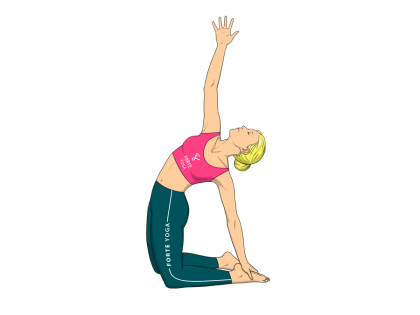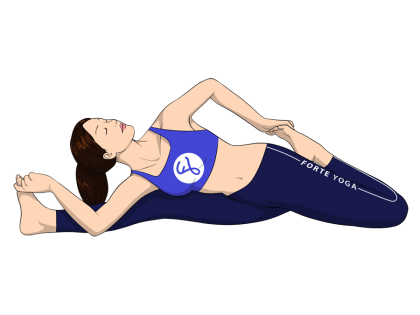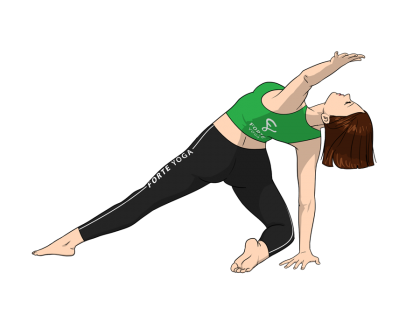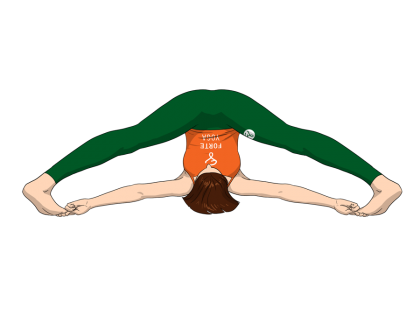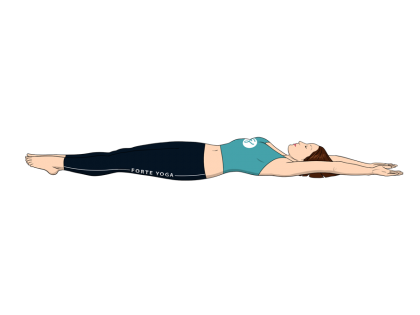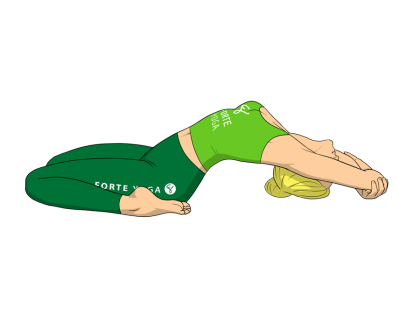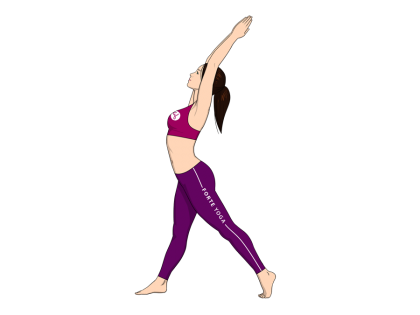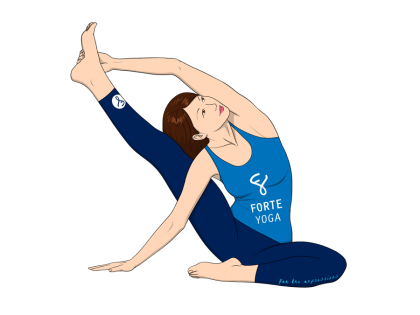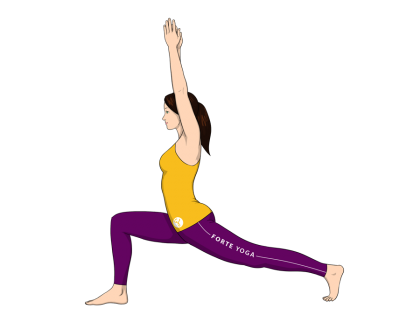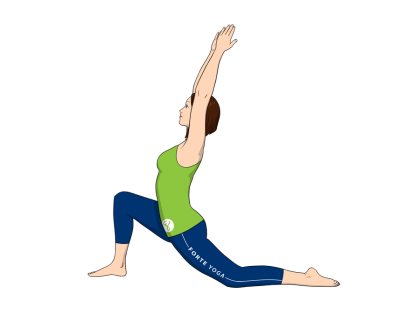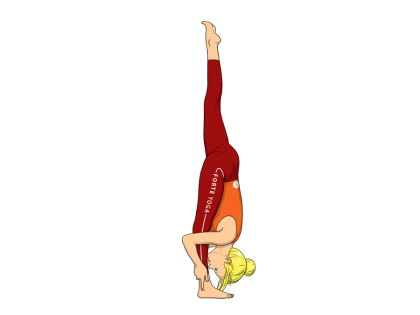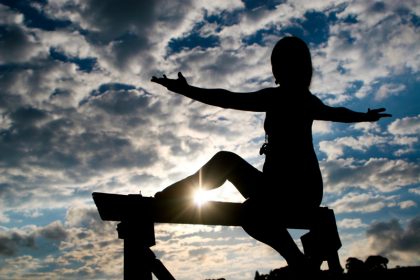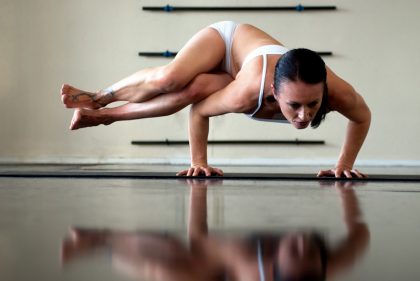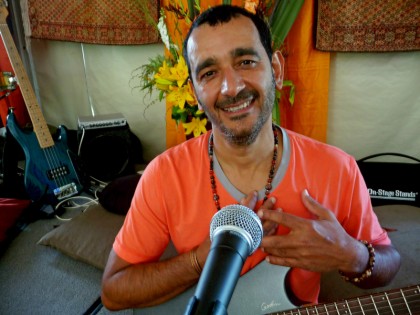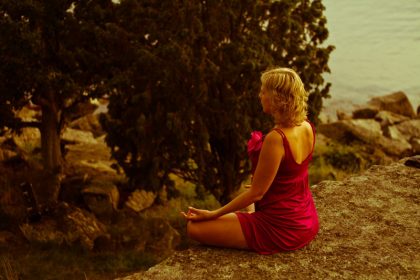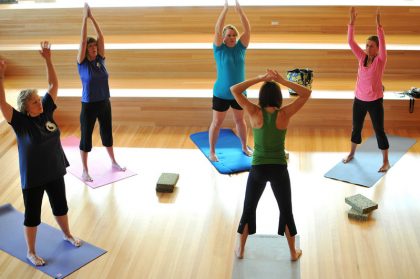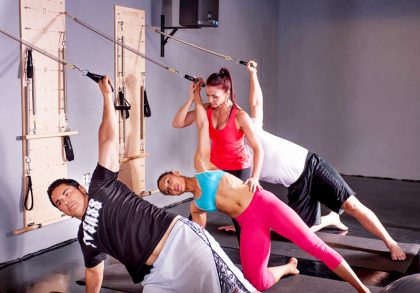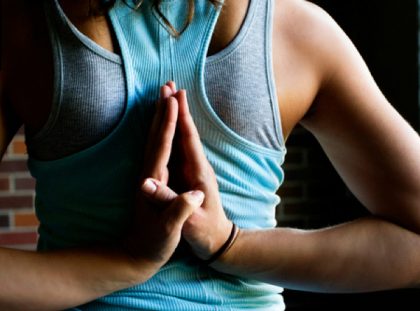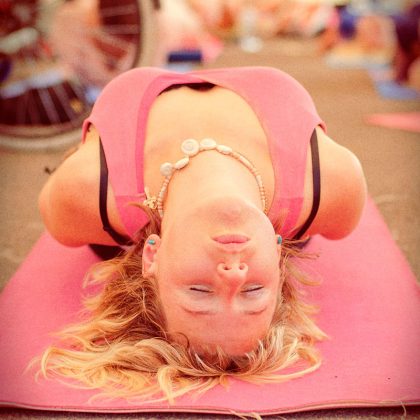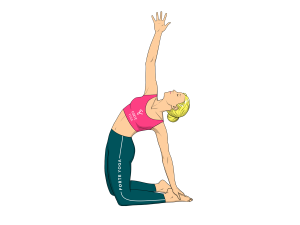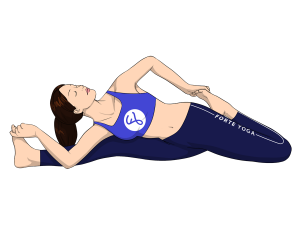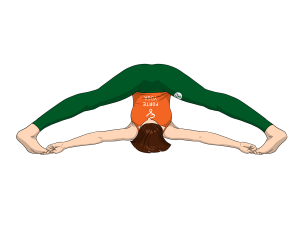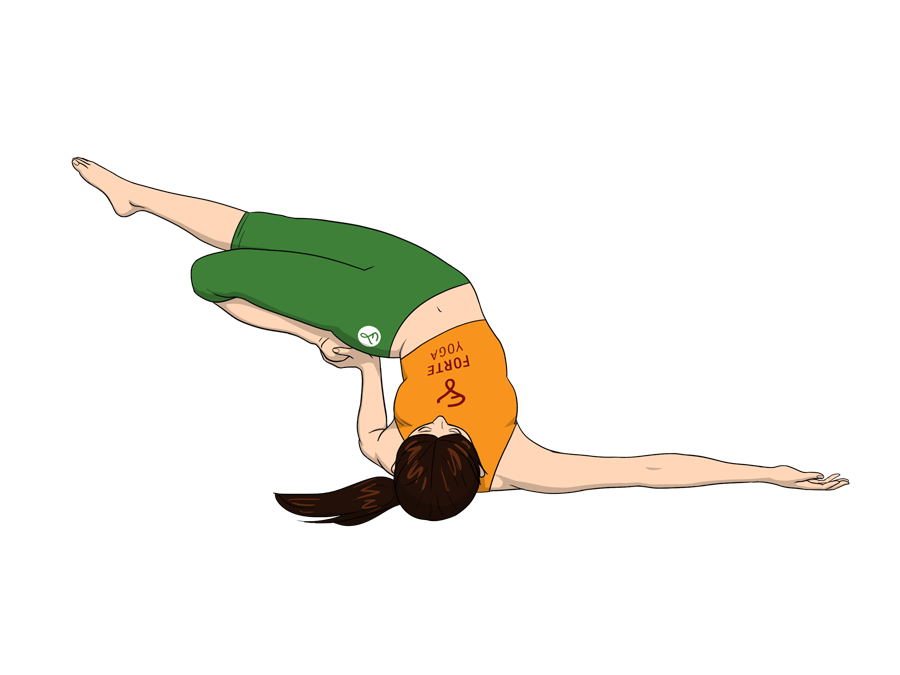
Half Frog Side Shoulderstand Yoga Pose is a standing pose that targets the shoulders and is ideal for yogis and yoginis at an intermediate level.
 visuddha – the throat chakra
visuddha – the throat chakra[yoga-sharrre]
- Begin by entering the Supported Shoulderstand (Salamba Sarvangasana). When you feel stable in this position, exhale and twist both legs together 45 degrees, moving your legs toward the left. Bend the left leg at the knee, drawing your foot toward your hip.
- Keeping both forearms firmly planted on the floor, remove your left hand from your back and grab your left foot, pulling it closer and eventually placing it on the left hip if you’re able (or on your side as close to your hip as possible). Lay your right arm out perpendicular to your torso, using your right hand to help keep yourself balanced. Be sure that your shoulders and forearms are still pressed into the floor; if you feel your shoulder beginning to lift as you draw the leg in closer to your hip, actively push your shoulders and forearms into the floor or mat. If you can’t bring your foot to your side without lifting your shoulder, do not push yourself further into the position.
- Extend the right leg out diagonally to the left, creating a nice long arch from your right armpit all the way to your right toes. Point your toes, reaching out through the tips. As you press into the forearms and shoulders for support, be sure to keep your shoulders from pushing up around the neck and ears.
- Hold this pose for a few breaths, increasing to 30 seconds or more if possible. This position is very difficult to hold so do not push the limit, which can lead to collapsing on the neck and shoulders. To come out of the position, release your left foot and begin to lift both legs back upright, placing both hands on your back for support. Return to the Supported Shoulderstand and repeat with the right leg.
- Breathe deeply through each step.
- Half Frog Side Shoulderstand is one of the most difficult of the Side Shoulderstand variations. This pose requires flexibility of the quads and knees and should not be attempted if the Supported Shoulderstand is new or difficult for you.
- When you place the supporting arm on the floor perpendicular to your body, a lot of weight is transferred to your wrist and elbow. Come out of the pose if you feel these areas becoming strained.
- Avoid this pose if you have back, shoulder, elbow, wrist, hip or knee injury.
- Avoid this pose if you have high blood pressure (hypertension), low blood pressure or are pregnant.
Be sure to read the Tips and extra information for the Supported Shoulderstand before attempting this pose. Reviewing the basics and re-familiarizing yourself with the cautions of the pose will help prepare you physically and mentally.
If you are an advanced practitioner but still feel uncomfortable in this pose, do not bring your extended leg down at such a wide angle. Instead of aiming to bring it roughly parallel to the floor, extend it so that it’s angled roughly 45 degrees from the floor.
All Muscles: Quads, buttocks, abs, shoulders, neck, lats
Target Muscles: Quads, buttocks, abs, shoulders, neck, lats
- Can help treat insomnia and fatigue.
- Can relieve stress, anxiety and mild depression.
- Can improve digestion.
- Stimulates thyroid and prostate glands.
- Improves focus and balance.

